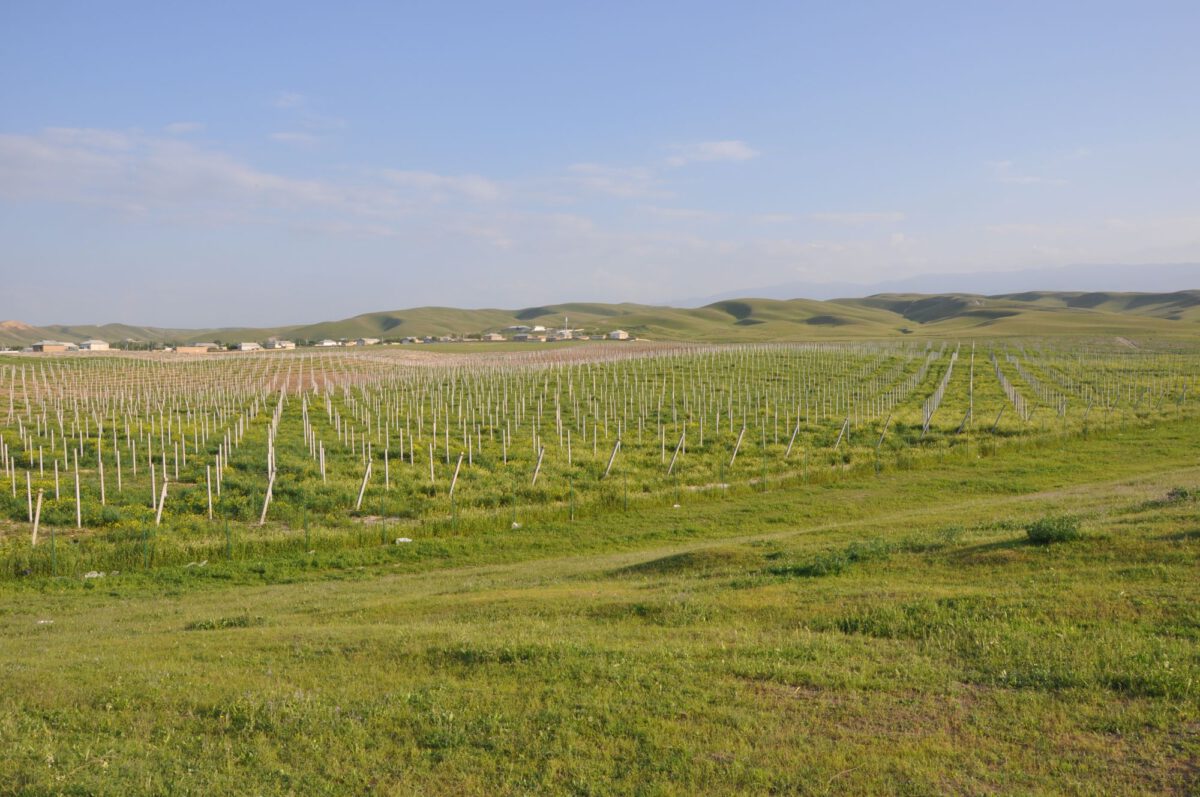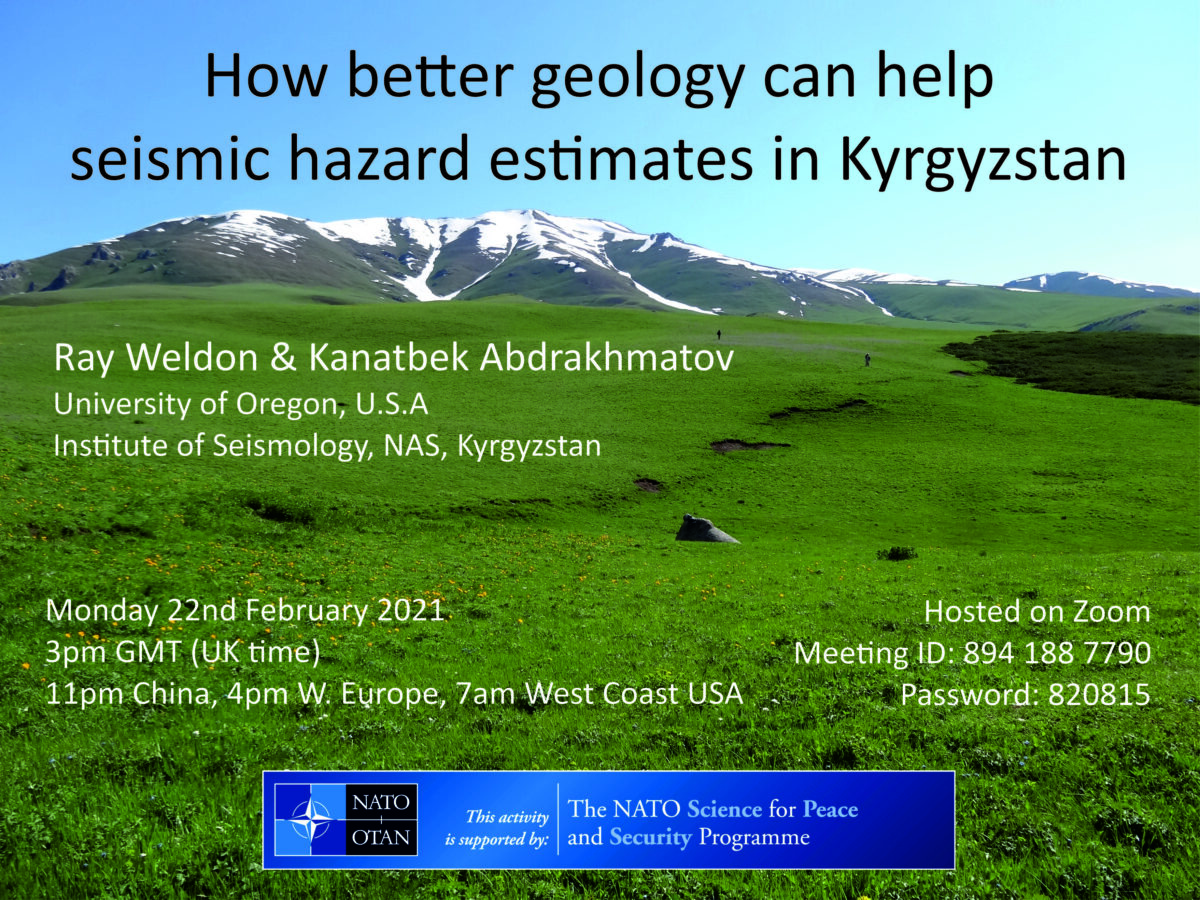The first Environmental Hazards in Asia Conference will take place in Ulaanbaatar, Mongolia, from 12-15 August with a field trip from 16-20 August. This conference aims to bring together practitioners of both with a focus on the hazards across Asia. The workshop will be structured to allow exploration of the underlying physical mechanics of hazards, explore the impacts of historical events across the continent and focus on the possible approaches to minimizing future impacts. The aim is to facilitate new ideas and proposals. Funds to support travel and subsistence to up to 20 participants from across Asia are available.
May 15th – Abstract submission deadline
June 1st – Fieldtrip registration deadline
July 12th – Online registration deadline
Meeting website: www.environmentalhazardsasia.wordpress.com




